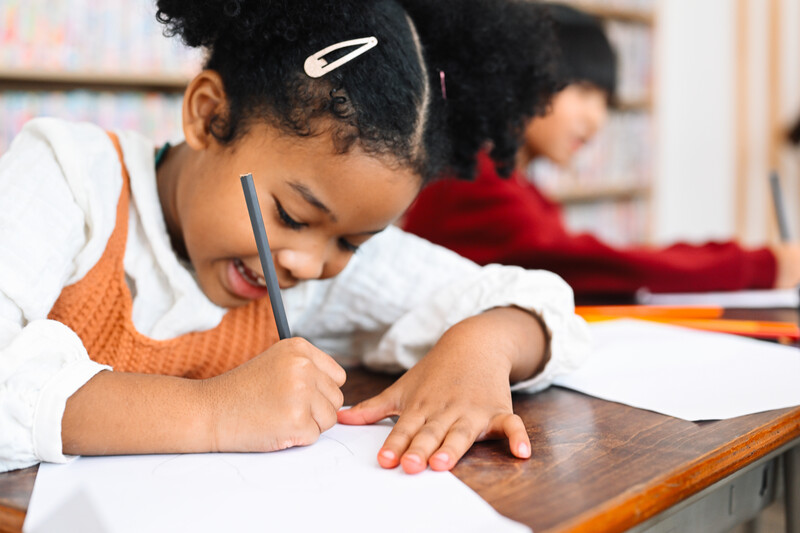A 15-year-old who had never been fond of reading has just become a Jane Austen fan.
Is it because her teacher introduced her to Austen? Or perhaps it's because she saw a movie adaptation of one of Austen's books? No, it seems that Austen's novels are part of the "free content" available on this teen's recently acquired Kindle. Having read one classic novel on her own, she can't wait to read more.
Such a story suggests that the death of reading is not as close at hand as statistics about teenagers' online time—reportedly, 7.5 hours a day (Lewin, 2010)—might indicate. New technology might usher in radical changes in how we read—and some say in how we think—but the full-length book still has a megapower that bytes and blogs just can't muster.
This issue of Educational Leadership addresses the power of reading and what educators can do to acquaint their students with that power. After a decade or more of concentrating on the best ways to help students learn to read, we have come to see the necessity of refocusing on helping students read to learn. For despite the encouraging anecdote above, a lot of students ages 8–18 aren't reading enough to gain the reading expertise they need. The National Endowment for the Arts researchers found that a "calamitous, universal falling off of reading" occurs for many students at around age 13 and often continues through the rest of their lives (2007, p. 37). If they grow up to be like their adult counterparts, they might average about four books a year, or worse, be like the 25 percent of adults who read exactly zero books a year (Fram, 2007).
In some ways, the messages our authors provide in this issue of EL are reminiscent of the famous Becoming a Nation of Readers study released by the National Institute of Education in 1985 (Anderson et al., 1985). As surely as we know the truth about smoking, we know the truth about reading, education pundits said of the report back then. "If the practices of the best teachers in the best schools could be introduced everywhere, improvement in reading would be dramatic," the authors wrote.
Like the more recent National Reading Panel of 2000, that earlier commission endorsed the teaching of foundational phonics, the use of high-quality fiction and nonfiction, and the teaching of sophisticated comprehension strategies. But unlike the 2000 report, Becoming a Nation of Readers also supported finding time in the day for reading, matching books to children, and allowing students to choose their own books. The National Reading Panel, in its effort to cite only scientifically based evidence, downplayed sustained reading in school, in effect, squeezing out a practice that many of those who have been successful in getting kids interested in reading swear by.
Our authors explore what does and does not create the lifelong reading habit. Kelly Gallagher describes practices that kill the love of reading. Among them, overteaching—characterized, for example, by requiring students to post an annotated sticky note on every page of Romeo and Juliet—and underteaching—handing kids a reading list and providing nothing else in the way of guidance or context.
Thomas Newkirk (p. 6) deplores the fact that children typically spend more time with "reading-like activities" than they do with reading. He makes the case for slow reading, an alternative to an increasingly hectic environment in which information swirls around us but doesn't remain with us very long. Elsewhere he has written that reading has been codified so that teachers overconcentrate on the mechanics of reading (Newkirk, 2009). He points out that much like the nutritionists of the '70s who reduced the act of eating to consuming vitamins, researchers ask teachers to focus on research-based variables and downplay literacy as a meaningful, invested activity. "Real food, real reading. Something to consider," he writes.
Finally, Donalyn Miller (p. 30), a.k.a the book whisperer, knows whereof she speaks. She creates a culture of reading that gets every one of her 6th graders reading 40 or more books a year—of their own choice and from all genres. She has success even with the kids she calls "dormant readers." They not only do better on standardized tests, but they also come to see reading not as a "school job" but more as a way to learn for a lifetime. She writes: "The more students read, the better readers they become."
It's a message to emblazon in big print.








